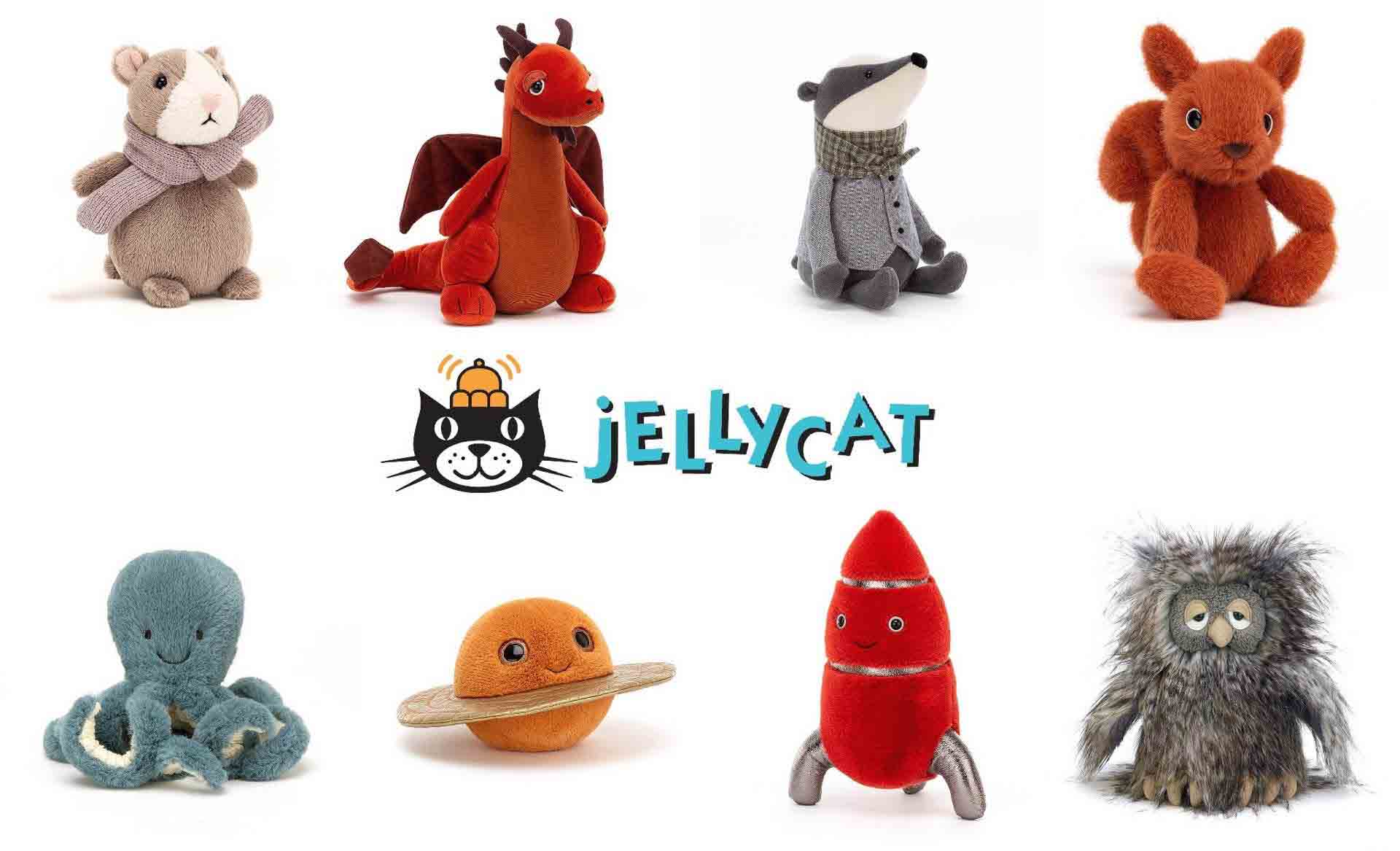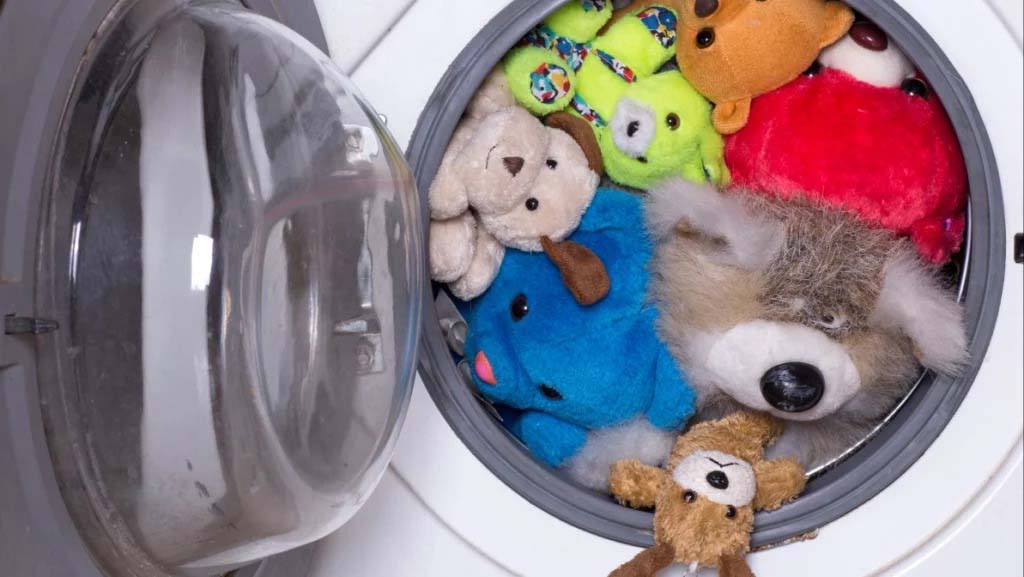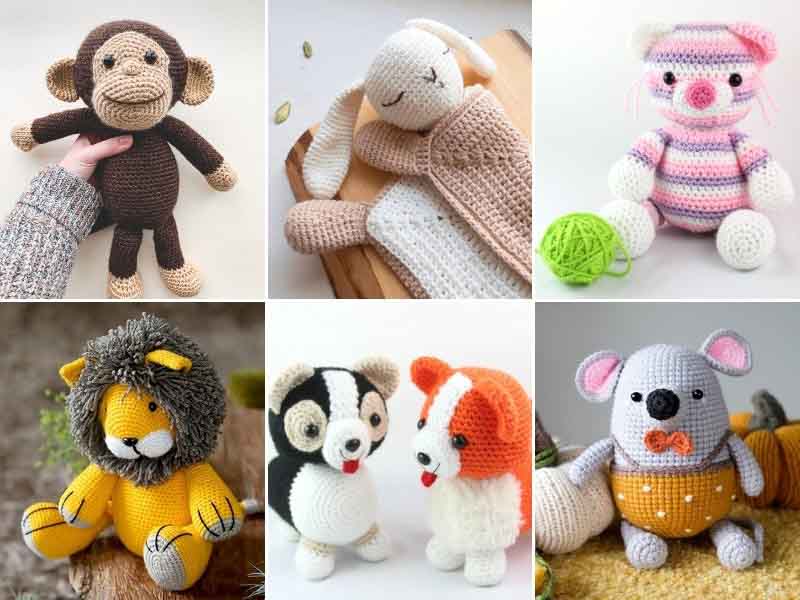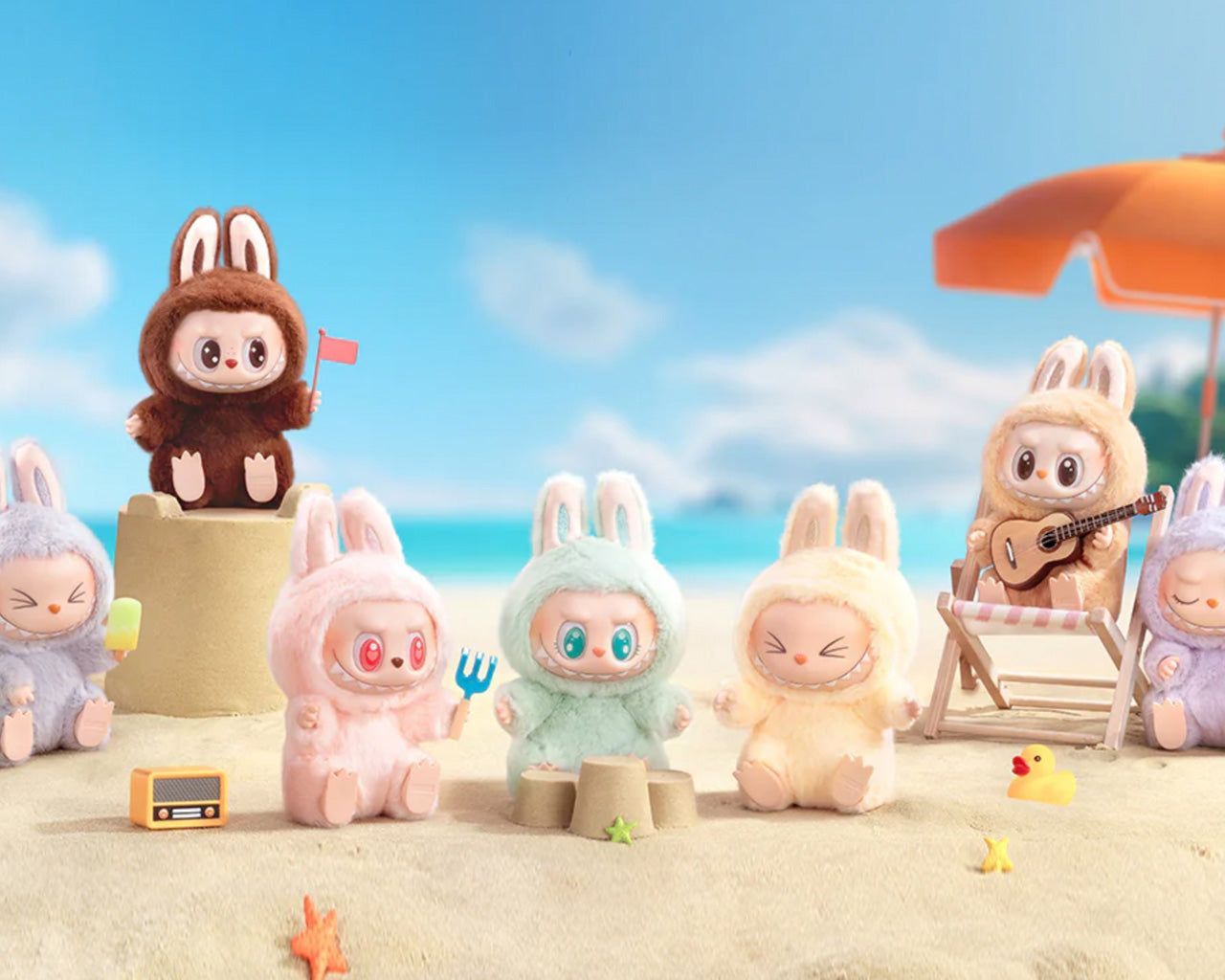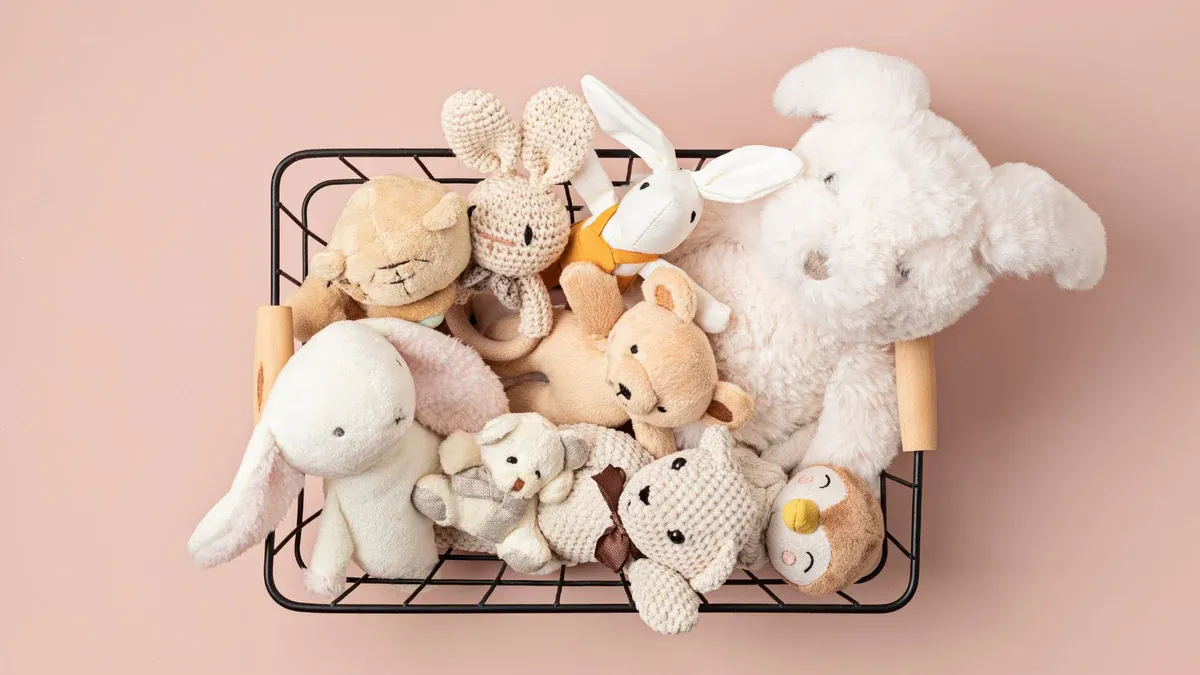Crochet stuffed toys have become a global trend, blending traditional craft with modern creativity. Many buyers and collectors recognize them under a special term tied to Japanese culture.
A crochet stuffed toy is commonly called “Amigurumi”, a Japanese word combining ami (knitted or crocheted) and nuigurumi (stuffed doll). These handmade plushies stand out for their charming proportions, round shapes, and personalized designs. They are widely popular among collectors, DIY hobbyists, and even brands that integrate them into retail or promotional lines.
These toys are not just playthings—they represent craftsmanship and cultural storytelling that resonates worldwide.
What Is the Correct Term for a Crochet Stuffed Toy?

The correct term for a crochet stuffed toy is Amigurumi. This word captures both the method (crochet or knit) and the function (stuffed doll). In modern markets, “crochet plushie” is also used.
Crochet stuffed toys are most accurately called Amigurumi, though “crochet plushies” or “crochet dolls” are common in Western markets. The term highlights their handmade nature and distinct style.
Amigurumi differs from machine-made plush toys because every piece is individually crocheted, usually by hand, giving each toy a unique finish. Retailers may use multiple terms depending on region: “crochet dolls” in North America, “Amigurumi” in Japan, and “handmade crochet plush” in Europe. Buyers sourcing them for niche markets often highlight the artisanal element, which increases perceived value and consumer connection.
| Term Used | Region/Market | Notes on Usage |
|---|---|---|
| Amigurumi | Japan, Global Craft | Original Japanese term, globally recognized |
| Crochet Plushie | North America, Europe | Emphasizes plush element, casual terminology |
| Crochet Doll | Europe, Lifestyle Gift | Highlights doll-like features in handmade designs |
How Did the Term “Amigurumi” Originate in Japanese Culture?

Amigurumi originated in Japan, combining craft traditions with kawaii (cute) culture. The term blends ami (crochet/knit) with nuigurumi (stuffed toy).
The word Amigurumi comes from Japan, where crochet and knitting techniques merged with kawaii aesthetics. Its popularity grew in the 1980s and spread worldwide as part of Japanese craft exports.
Amigurumi emerged as a cultural expression of “kawaii,” focusing on round, childlike shapes with oversized heads and eyes. In Japan, these toys are often handmade and sold at craft fairs, small boutiques, or online platforms. Over time, international craft communities adopted the practice, making Amigurumi a global term for crochet plushies. The handmade aesthetic resonates strongly with buyers who value originality and cultural depth.
| Aspect | Detail |
|---|---|
| Origin | Japan |
| Meaning | Ami = knit/crochet, Nuigurumi = stuffed doll |
| Global Spread | 1980s craft exports, DIY communities, kawaii culture rise |
| Current Popularity | Worldwide among hobbyists, collectors, lifestyle brands |
What Materials and Techniques Are Used to Make Crochet Stuffed Toys?

Crochet stuffed toys rely on yarn, hooks, and stuffing. Makers choose yarn types for texture and stuffing for firmness. Techniques involve crochet stitches, shaping, and assembly.
Crochet stuffed toys use yarn (cotton, acrylic, or blends), crochet hooks, and stuffing materials like polyester fiberfill. Techniques include single crochet stitches, increases, decreases, and hand-sewn assembly.
Materials are essential to both quality and safety. Cotton yarn is common for baby-safe Amigurumi, while acrylic blends add durability. Hooks vary in size, influencing stitch tightness. The stuffing must be evenly distributed to maintain shape. Manufacturers adapting Amigurumi for larger-scale production often replicate the look with machine-knit fabrics but retain hand-finishing to preserve authenticity.
| Material/Technique | Common Use |
|---|---|
| Cotton Yarn | Soft, safe for infants, eco-friendly |
| Acrylic Yarn | Durable, vibrant colors, widely available |
| Polyester Fiberfill | Lightweight, safe stuffing for consistent firmness |
| Crochet Techniques | Single crochet, increases, decreases, seamless joining |
How Do Crochet Plushies Differ from Traditional Fabric Stuffed Animals?

Amigurumi plushies differ in production style, scale, and market positioning compared to traditional stuffed animals made from plush fabrics.
Crochet plushies stand apart because they are handmade, crafted from yarn instead of plush fabrics. Each piece is unique, smaller in production scale, and positioned as artisanal rather than mass-market.
Unlike velboa or minky stuffed toys, crochet plushies use visible stitches, giving them a textured appearance. They often have simpler shapes but greater emotional value due to their handmade process. Traditional plush animals dominate mass markets, while Amigurumi thrives in niche segments, Etsy shops, and boutique brands. For B2B buyers, this means Amigurumi may carry higher unit costs but also greater perceived exclusivity and customer loyalty.
| Feature | Crochet Plushies (Amigurumi) | Traditional Stuffed Animals |
|---|---|---|
| Production Method | Handmade crochet/knitting | Machine-cut and sewn fabrics |
| Material | Yarn (cotton/acrylic) | Plush fabrics (velboa, minky, faux fur) |
| Market Positioning | Niche, artisanal, collector-focused | Mass retail, promotional, large-scale |
What Makes Amigurumi Popular Among Collectors and DIY Communities?

Amigurumi’s charm lies in its handmade uniqueness and personal touch, appealing strongly to craft enthusiasts and collectors.
Amigurumi is popular because each toy feels one-of-a-kind, carrying a handmade charm. DIY communities value the creative freedom, while collectors prize the cultural and artisanal authenticity.
For collectors, Amigurumi offers limited editions and customization, making them desirable lifestyle items. In DIY communities, Amigurumi patterns are widely shared, supporting creativity and learning. Online platforms like Etsy, Ravelry, and Instagram have boosted its popularity, giving small creators a global audience. For retailers, this trend means crochet plushies align with slow fashion and sustainability values, creating strong emotional ties with end consumers.
| Driver of Popularity | Explanation |
|---|---|
| Handmade Appeal | Every piece feels unique and personal |
| DIY Craft Culture | Communities share patterns, support creativity |
| Collector Interest | Limited runs and artisanal quality add value |
| Social Media Impact | Boosted by Instagram, Pinterest, and TikTok |
How Can Brands and Retailers Leverage the Appeal of Crochet Stuffed Toys?

Brands can integrate Amigurumi into retail, promotional, or licensing strategies to capture niche audiences seeking authenticity and charm.
Brands and retailers can leverage Amigurumi by offering limited-edition crochet collections, collaborating with artisans, or positioning them as eco-friendly lifestyle products. Their artisanal appeal creates emotional connection and higher perceived value.
Businesses sourcing crochet plushies often highlight sustainability, craftsmanship, and exclusivity. They work well in premium gift shops, bookstores, and promotional campaigns targeting collectors or lifestyle buyers. Retailers can also collaborate with local artisans to produce small-batch collections under licensed IP characters. This not only differentiates a brand but also aligns with global demand for authentic, handmade experiences.
| Strategy | Application |
|---|---|
| Limited Editions | Seasonal collections, holiday specials |
| Licensing | Crochet versions of popular characters |
| Promotional Use | Premium gifts with eco-friendly or artisanal appeal |
| Retail Channels | Gift shops, bookstores, online craft marketplaces |
Conclusion
Crochet stuffed toys, known as Amigurumi, combine cultural roots, handmade charm, and global market appeal. For brands, they offer opportunities in customization, licensing, and collector-driven retail.
At Kinwin, we help businesses explore both traditional plush toys and artisanal products like Amigurumi. Contact us today to discuss custom designs that align with your market goals.


